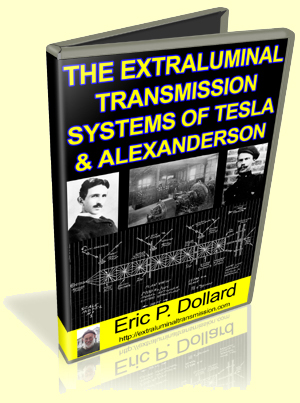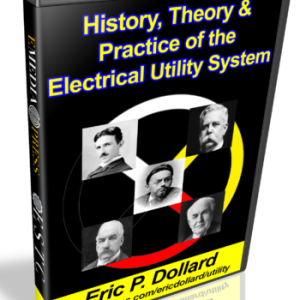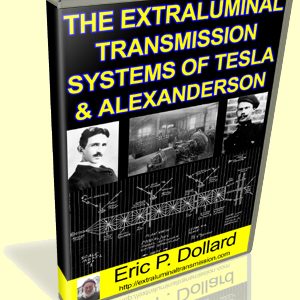Description
There was so much interest in the publication of my book in 2013, titled “Wireless Giant Of The Pacific“, it became obvious that people wanted more. This lecture is my response.
The objective here is to review the complete history of signal propagation from its earliest beginnings and to develop a “transmission theory” that includes both the electro-magnetic as well as the electro-static methodologies.
Our modern world depends on our ability to send and receive information quickly from one place to another. We’ve all heard that these signals are moving around at the “speed of light.” I review how these ideas became established and reveal some astonishing discoveries along the way.
You see, there are two different ways of looking at electricity when it comes to wireless signal distribution. One is based on the “electro-motive-force” associated with magnetism, and the other is the “displacement current” associated with dielectricity. Today’s methods focus mostly on the EMFs of magnetism and ignore the displacement currents of dielectricity. This creates an unbalanced system with significant limitations.
Only when both processes are equally involved can you create a balanced system. From this basis, I then go on to describe the terms that are used to characterize “transmission systems” in general, with the principle functions being “inductance” and “capacitance.”
To show this development in its proper historic perspective, I begin with the experiments of Stephen Gray in 1730, and show the progression of ideas through Benjamin Franklin, Mahlon Loomis, Heinrich Hertz, Nikola Tesla, Guglielmo Marconi, Reginald Fessenden, Walter Massie and Oliver Heaviside. There were other significant contributors, as well.
From this foundation, I use diagrams to establish the Michael Faraday – J. J. Thompson “lines of force” theory and then use that theory as a model to show how electrification orients itself in the different types of transmission configurations. This study is important because it demonstrates the relationship between the way the lines of force are directed and the direction of the propagation of the signals that are generated.
This method establishes the basic building blocks of a “transmission network” and the different configurations involved in electro-magnetic and electro-static propagation, as well as the different characteristics of transverse and longitudinal signals as they move through these networks.
Since actual working models of different transmission systems can be built and bench tested from this method, actual test results can replace mathematical calculations as a means to study these phenomena. The term “analog computer” is used to describe these models because direct measurements and computations can be made anywhere within the model during its operation.
I then move beyond the theory of how to do this and present actual working models and data with numerical values for given currents, voltages, and power flows through the transmission networks. No one has ever done this before!!
I finish by showing the complete electrical characteristics of the various transmissions systems used in the last 100 years. This includes the later Marconi systems, the Tesla system, and the later Alexanderson systems used at New Jersey, California, and Hawaii. This is the first time in history that this complete method of analysis has ever been revealed.
With this process, the electrical characteristics of any transmission system can be modelled, studied, perfected, scaled-up, and implemented on an industrial scale.
(Description by Eric Dollard)
Part of the 2014 Energy Science & Technology Conference series (downloadable video).




